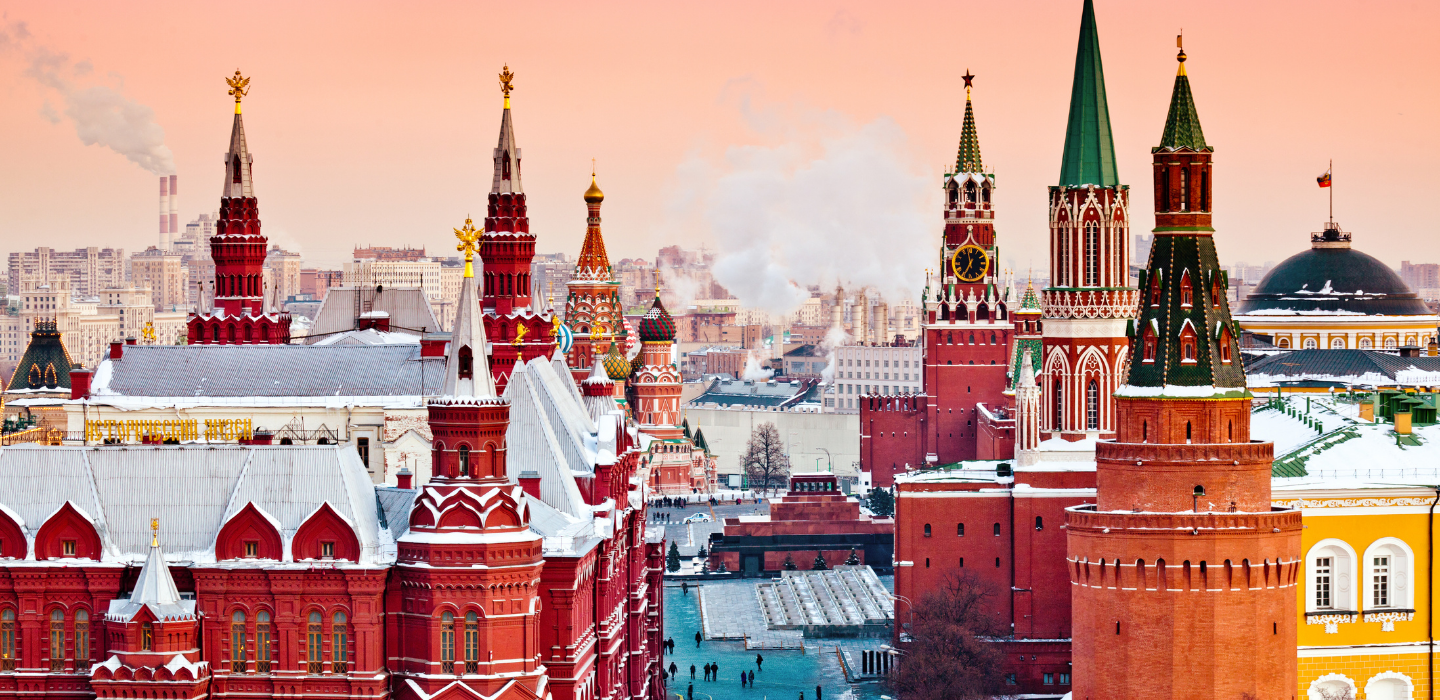translating the complexities of the russian language
Russian is part of the Slavic family of languages, and while the mother country offers three distinct dialects from the northern, central, and southern portions, the native tongue has roots in dozens of other verbal communications.
northern dialect
Spoken North of Moscow, Leningrad Oblast, Nizhny, Siberia and other regions with reduced to no vowel reductions. Speakers of the northern dialect place emphasis on their ‘O’s’ – this linguistic trend is called оканье, or [okanie].
central dialect
An intermediate dialect between northern and southern. It is used from Pskov, Moscow, Nizhny Novgorod, and down to the Lower Volga region. Central dialect is heterogeneous and consists of dialects both with and without vowel reduction
southern dialect
Spoken largely in the western and southern parts of European Russia with different types of vowel reduction. Contrary to the northern dialect, speakers pronounce the letter “o” as “a,” a linguistic phenomenon known as аканье [akanye].
Understanding the complexities of the most widely spoken Eurasian language is essential to connecting with a market with hundreds of millions of native speakers.
Russian is also spoken in Ukraine, Belarus, Kazakhstan, the Caucasus, Central Asia, and some former USSR republics.
One of the six official languages marked by the United Nations, the importance of properly translating Russian comes down to dollars and sense: accurately translating language the way CQ fluency does increases market reach.
Consider this: While an estimated 175 million speak the Russian language natively, another 100 million worldwide call it their second-most used form of communication. Russian is the official language of four countries and is still widely spoken in many of the nations formerly under the Soviet Union.
Over time, those countries bring their own dialects and nuances to the language, transforming its sound little by little, generation by generation. For example, there are six Russian letters stressed differently between the north and south portions of the same country, not to mention the spider web of lingual differences that spread over centuries.
When the improper syllabus is emphasized, a word or phrase can take on a whole new meaning, and that’s where CQ fluency is able to make the correct distinction. For us it’s not just about translating words, it’s about tapping into the cultural differences that create variations in the language and delivering solutions properly. This key difference is what makes CQ fluency the trusted Russian translation service over other companies who fail to recognize this key concept.

cultural approach to translation
At CQ fluency we understand cultural differences and are able to translate both language and local linguistic variations and concepts.. We are experts in both language and culture, ensuring an accurate Russian translation every time.
This means more effective communication, resulting in improved healthcare and ultimately savings for the providers with greater consumer compliance to policy and/or guidelines.

